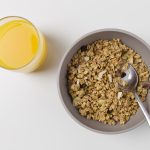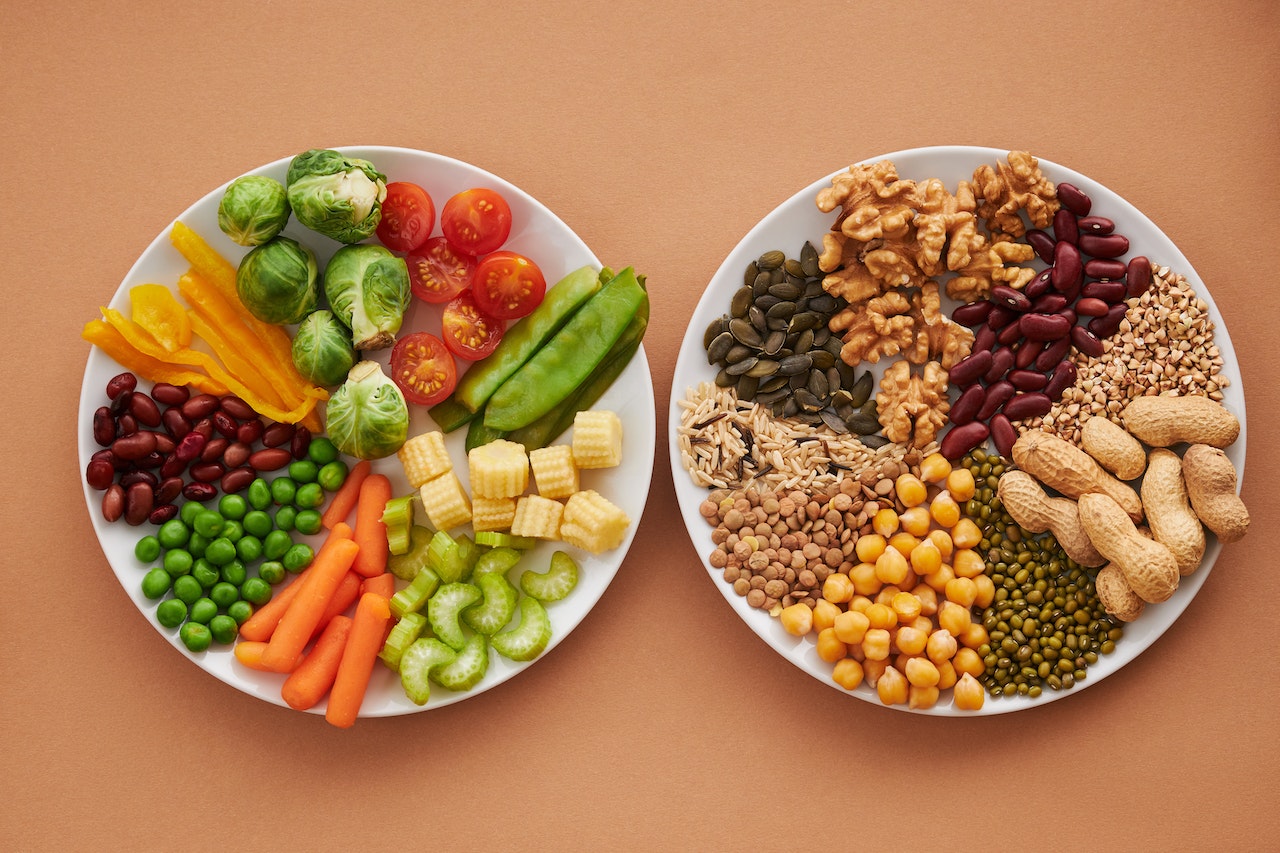The low-carb diet has gained immense popularity over the years as an effective approach to weight loss and overall health improvement. The concept of reducing carbohydrate intake while increasing the consumption of protein and healthy fats has shown promising results for many individuals. If you’re new to the low-carb diet and curious about how to get started, this comprehensive guide will provide you with the essential information and tips to embark on your low-carb journey successfully.
Understanding the Low-Carb Diet:
At its core, the low-carb diet involves minimizing your intake of carbohydrates, which are found in foods like grains, starchy vegetables, fruits, and sugary treats. The reduction in carbs leads to a decrease in blood sugar levels and insulin production, prompting the body to use stored fat as a primary source of energy. This metabolic shift can result in weight loss and other health benefits.
1. Types of Low-Carb Diets:
There are various low-carb diet plans to choose from, and each has its own unique approach to carbohydrate restriction. Some popular options include:
- Ketogenic Diet (Keto): This is an extremely low-carb, high-fat diet that typically restricts carb intake to 20-50 grams per day. The goal is to induce a state of ketosis, where the body produces ketones for energy.
- Atkins Diet: The Atkins diet follows a phased approach, starting with very low carb intake (20-25 grams per day) in the initial phase and gradually increasing the carb allowance as you progress.
- Low-Carb, High-Fat (LCHF) Diet: This approach emphasizes whole, unprocessed foods while restricting carbs to a moderate level, usually between 50-100 grams per day.
2. Foods to Eat on a Low-Carb Diet:
A low-carb diet encourages the consumption of nutrient-dense, whole foods. Some examples of low-carb-friendly foods include:
- Protein sources: Meat, poultry, fish, eggs, tofu, tempeh, and other plant-based protein sources.
- Healthy fats: Avocado, nuts, seeds, olive oil, coconut oil, and butter.
- Non-starchy vegetables: Leafy greens, broccoli, cauliflower, zucchini, bell peppers, and more.
- Berries: Strawberries, blueberries, raspberries, and blackberries are lower in carbs compared to other fruits.
3. Foods to Avoid on a Low-Carb Diet:
To successfully follow a low-carb diet, it’s essential to minimize or eliminate certain high-carb foods, such as:
- Grains: Wheat, rice, oats, and other grains and their products.
- Sugary foods: Soda, candy, pastries, and other sugary treats.
- Starchy vegetables: Potatoes, sweet potatoes, and corn.
- Processed foods: Many processed foods are high in added sugars and refined carbohydrates.
4. Meal Planning and Preparation:
To stay on track with your low-carb diet, it’s helpful to plan and prepare your meals in advance. Design your weekly menu around protein-rich foods, healthy fats, and non-starchy vegetables. Prepping meals and snacks can save time and prevent impulsive food choices that may not align with your diet goals.
5. Pay Attention to Portion Sizes:
While a low-carb diet can be effective for weight loss, portion control is still crucial. Overeating even low-carb foods can hinder progress. Be mindful of your portions and eat until you feel satisfied, not overly full.
6. Stay Hydrated:
Drinking plenty of water is essential on any diet. Water helps support digestion, regulates body temperature, and promotes overall well-being. It can also help prevent dehydration, which can be more common when reducing carbohydrate intake.
7. Monitor Your Progress:
Track your progress to stay motivated and make any necessary adjustments to your diet. Keep a food journal, record your weight and measurements, and take note of how you feel physically and mentally as you progress through your low-carb journey.
8. Consult a Healthcare Professional:
Before starting any new diet, especially if you have any existing health conditions, it’s essential to consult a healthcare professional or a registered dietitian. They can provide personalized guidance and ensure that a low-carb diet is suitable for your specific needs.
Conclusion:
The low-carb diet can be a transformative and sustainable approach to weight loss and improved health when followed correctly. By understanding the principles of the low-carb diet, making mindful food choices, and prioritizing nutrient-dense foods, you can embark on your low-carb journey with confidence. Remember to be patient with yourself, as dietary changes take time to become habits. With dedication and consistency, you can achieve your health and fitness goals through a low-carb lifestyle.










